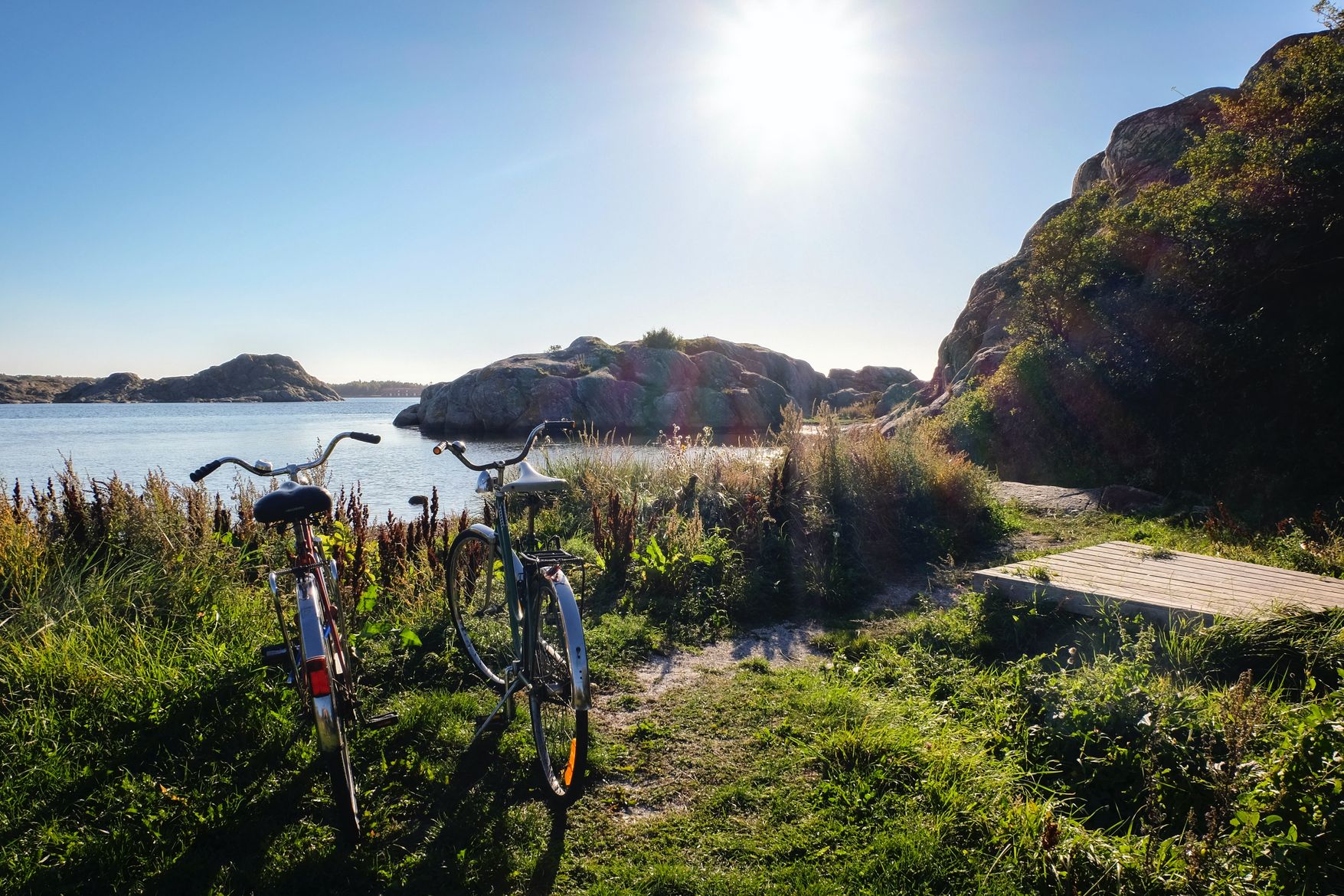Adventures in Sweden
Discover Scandinavia Actively
Sweden, with its relaxed regulations on wild camping, is the ideal destination for active and adventure holidaymakers. With its breathtaking nature, pristine landscapes, and a plethora of outdoor opportunities, the country attracts adventurers from all over the world. In this post, we will explore the diverse options available in Sweden for an active holiday.
From the majestic mountains of Lapland to the picturesque archipelagos, from exciting winter sports like husky sledding and Northern Lights viewing to summer activities like kayaking and hiking – Sweden has something for every active vacationer. Dive into the untouched Swedish wilderness, discover fascinating cultures, and experience unforgettable Scandinavian adventures.
Camping and Hiking Rules in Sweden
-
Thanks to the "Right of Public Access" (Allemansrätten), Sweden is a true paradise for outdoor enthusiasts. Activities like hiking, horse riding, swimming, and more are allowed almost everywhere in the country, except in nature reserves and bird sanctuaries.
-
Wild camping with a tent is permitted under the Right of Public Access for up to two nights in the same place without the need for permission from landowners, provided it does not disturb the environment.
-
The Right of Public Access does not apply to motorhomes or campers. However, you can overnight in your vehicle on public parking lots, by the beach, or along the roadside.
-
The natural environment must be treated with respect. This includes not disposing of garbage or sewage in nature.
-
In forests, edible plants, mushrooms, and berries can be picked for personal consumption, but exceptions apply in nature reserves and national parks where no plants or fungi may be damaged or taken.
-
Dogs must be kept on a leash during the bird breeding season from March to August.
-
Open fires are not banned in Sweden but should be handled with extreme caution to prevent wildfires.
Destinations for an Adventure Holiday in Sweden
Swedish Lapland
Lapland spans across the entire northern part of Scandinavia. In Swedish Lapland, nature enthusiasts who can endure the cold have the opportunity to camp in the arctic landscape under the midnight sun in summer and beneath magical aurora borealis in winter. During winter, you can also stay in an ice hotel in the small village of Jukkasjärvi.

The Abisko National Park offers the highest probability of witnessing the Northern Lights worldwide. Not only is the park itself a popular hiking area, but it also serves as the starting point for Sweden's most significant long-distance hiking trail, the Kungsleden (King's Trail).
The trail traverses Swedish Lapland along the Norwegian border and passes by Sweden's highest mountain: Mount Kebnekaise, which stands at 2,097 meters.
For those interested not only in nature but also in the rich culture and history of Swedish Lapland, a visit to Jokkmokk should not be missed. This town is considered the center of Sami culture in Sweden. Here, you can learn more about the indigenous Sami people who have inhabited the northern regions of Scandinavia for thousands of years.
Gothenburg Archipelago
Off the southwest coast of Sweden in the Kattegat sea lies a group of small rocky islands known collectively as the Gothenburg Archipelago. You can navigate between these islands using the ferries of local shipping companies or by sailing boat.

Exploring the Kattegat area around the archipelago by kayak or canoe is a wonderful experience. The Göta älv river, which flows through the southwest of the country, allows you to travel from the islands of the archipelago all the way into the urban area of Gothenburg, the country's second-largest city after Stockholm. In Gothenburg, you can discover the city from a new perspective by canoeing through its canals.
But it's not just water activities that you can enjoy in the Gothenburg Archipelago. The islands offer various hiking routes ranging from easy to moderate difficulty, as well as numerous well-maintained paths for cycling.
In the summer, you can relax on picturesque sandy beaches between the cliffs of the islands and float in the water. The bays at Sandvik and Uttervik are insider tips among swimmers; the currents and winds there are relatively weak, making the water especially warm in the summer.
Gotland
Gotland, the largest island in the Baltic Sea and the biggest island of Sweden, is geologically composed mainly of limestone and sandstone. This composition has led to the formation of the island's characteristic sea stacks, known as "raukar." These are towering limestone pillars sculpted by natural forces into striking and bizarre shapes along the coast.

Some of the most famous sea stacks or raukar on Gotland include "the Dog" at Gamle Hamn, the Lergravsporten rock gate, and the Jungfrun at Lickershamn, which is the tallest rauk on the island at 27 meters. Another popular hiking destination is the Hoburgsgubben (also known as the Old Man of Hoburg), which resembles a human face.
Gotland is home to a diverse array of bird species, which can be best observed in the island's nature reserves.
The nature reserves of Grogarnsberget, Sandviken, and Uppstaig on the eastern side of the island offer numerous trails for hiking. The hiking routes vary from easy to challenging, making them suitable for walkers of all experience levels.
Conclusion: Active Travel in Sweden
Sweden offers unforgettable opportunities for active travel amidst a stunning natural backdrop. Whether in winter or summer, the diversity of activities and the beauty of the landscape make Sweden a dream destination for adventure seekers. Dive in and experience unforgettable days in this outdoor paradise.
Has the travel bug bitten you, and are you ready for a new adventure?
Here you can learn more about motorway tolls in Sweden to ensure you are well-prepared for your trip.
